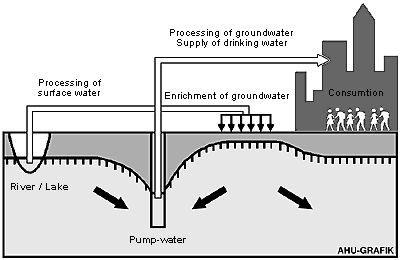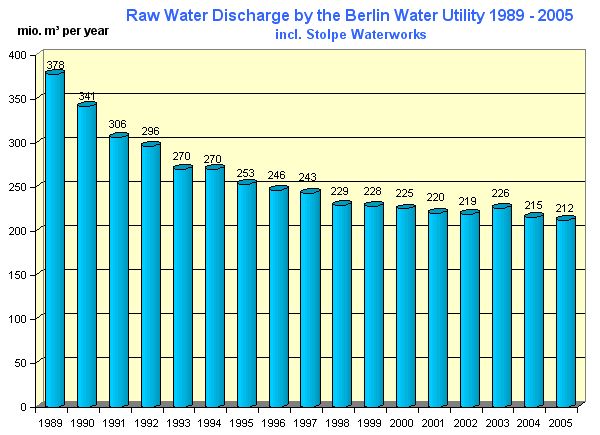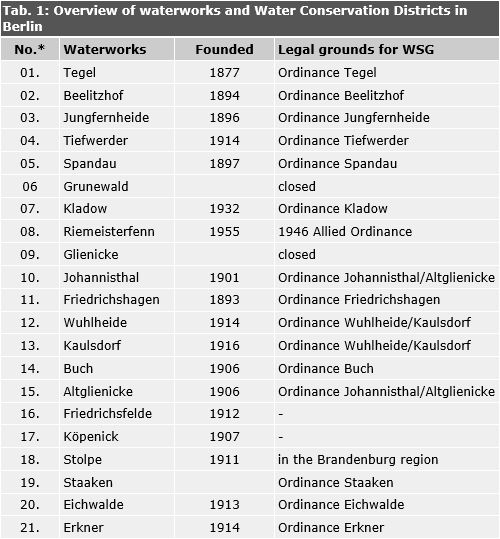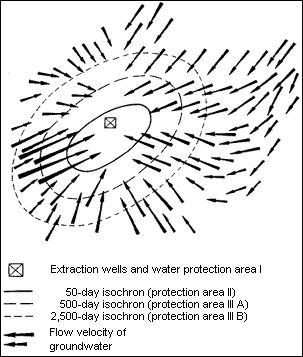Legal Principles
As a framework for regional legislation, the Federal legislature have provided the "Gesetz zur Ordnung des Wasserhaushalts (Wasserhaushaltsgesetz – WHG) – water supply regulations. §19 The WHG forms a basis for the regional authorization of water conservation areas.
§ 19 Water Conservation Areas
(1) as far as circumstances permit, Water Conservation Areas can be established,
- to protect the present and future public water supply from disadvantageous effects or
- to enrich the groundwater or
- to prevent groundwater damage resulting from precipitation and the loss of nutrients or the absorbtion of impurities from pesticides or fertilizers.
(2) In the Water Conservation Areas
- damaging actions can be prohibited or severely restricted and
- special measures can be taken to prevent damage resulting from the actions or rights of property owners and users. The obversation and protection of soil and groundwater is an integral part of these measures.
Other regulations of the legislature have only an indirect effect on the procedures. Of note here are the "Gesetz über Abgaben für das Einleiten von Abwässer in Gewässer (Abwasserabgabengesetz – AbwAG)" and the "Verordnung über Trinkwasser und über Wasser für Lebensmittelbetriebe (Trinkwasserverordnung – TrinkWV).
Together with the Federal legislature, the Berlin Water Rights policy which summarises the laws, legal ordinances and administration regulations, forms the basis for the establishment of water conservation areas (WSG).
In conjunction with the partial privatisation of the Berlin water companies (BWB) in the year 2000, the new (Berliner Wassergesetz -BWG) § 37 was established, and proposes that all waters needed for Berlin’s public water supply should be taken from the Berlin region.
To assist in the implementation of the WSG proposals for
§ 22 Wasserschutzgebiete (Water Conservation Areas)
(1) Water conservation areas are fixed by regulation of the senate. The protection regulations are to be marked in the ordinance. Zones with different protection regulations can be fixed. (…)
(2) In the establishment of water conservation areas, the local authorities and local public bodies should be involved.
(3) A hearing procedure is a necessary part in the establishment of a water conservation area. Decisions and plans are to be publicized in the official Berlin "Amtsblatt". The following must be observed,
- Plans, (drawings, proofs and descriptions) showing the full scope of the water conservation zones and the proposed protection regulations should be available for one month and
- Objections to the proposed measures can be raised up to two weeks (at the latest) from the end of the publication period… (…)
In addition, the laws regulate the division of standing waters and rights pertaining to property ownership, use of water and official responsibility. Furthermore, the maintenance and building of embankments and constructions at or in standing waters.




